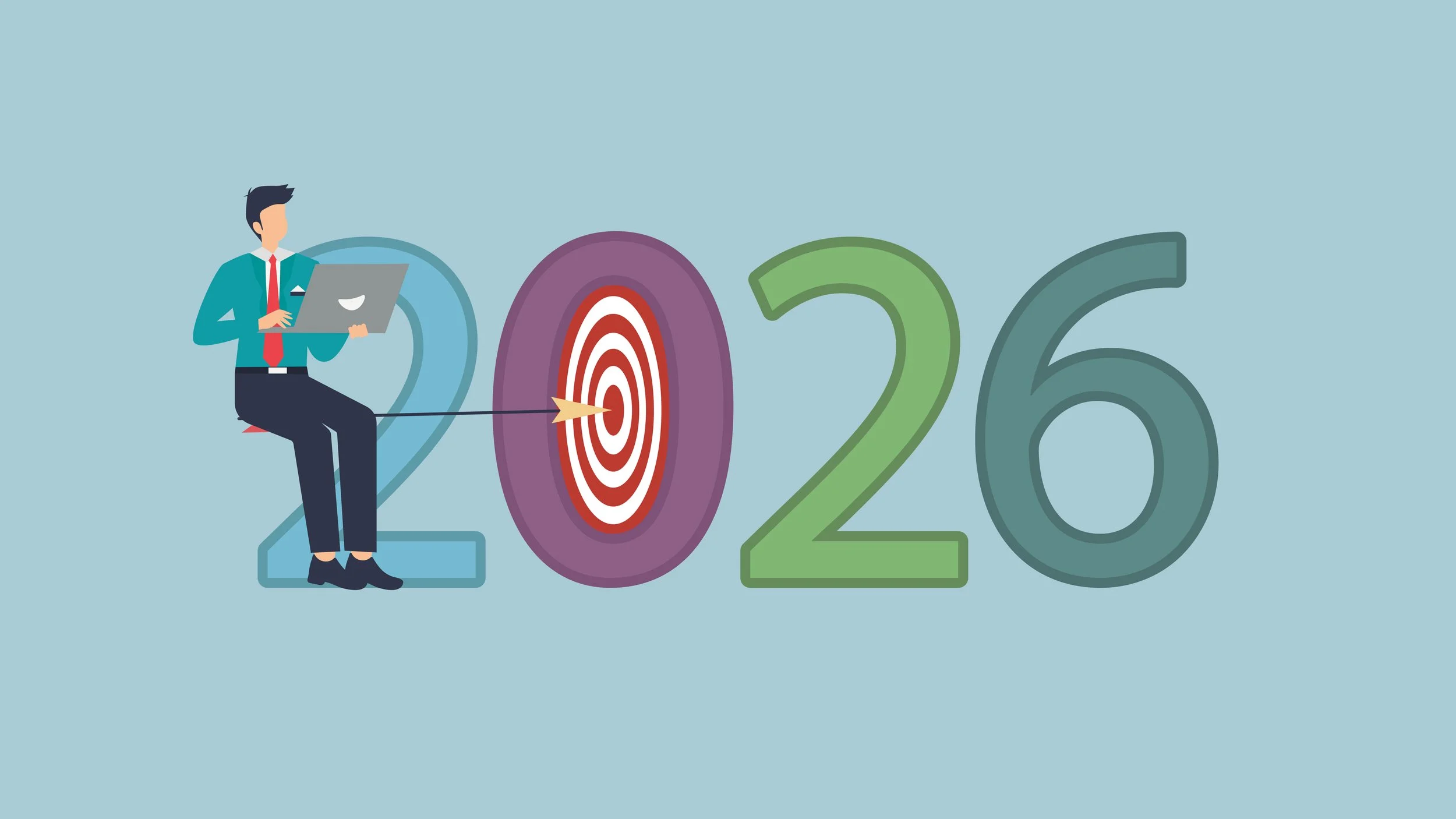As the year winds down, the smartest professionals are e preparing. The 2025 job market has cooled slightly, but it remains steady and competitive. Unemployment has hovered around 4.3%, job openings have tightened, and voluntary quits have dropped. The result is clear: it’s no longer the “easy switch” market we saw a few years ago. Hiring is still active, but employers are more selective. They want people who can show measurable impact, business alignment, and readiness for what’s coming next.
Start by taking inventory of your year. Write down the measurable wins from 2025. This includes the projects that worked, the teams you led, the savings or growth you delivered, or the problems you solved. Quantify everything you can, then turn those results into résumé-ready statements and short, conversational stories you can use in interviews. Your achievements this year will form the foundation of your 2026 value story.
Next, modernize your résumé and LinkedIn profile. Keep one master version and tailor two focused versions for your top target roles. Your summary should read like a leader speaking directly to the future, not a biography of your past. On LinkedIn, your headline should capture your role, scope, industry, and signature impact. Update your skills to reflect what’s in demand heading into 2026, and consider posting a brief thought or success story before the holidays to stay visible when others go quiet.
Build a target company list before the new year, about 50 organizations across your ideal and adjacent industries. Note what’s changing at each: leadership shifts, new investments, expansions, or pivots that signal opportunity. Reach out to contacts now while inboxes are less crowded. Send thoughtful thank-you notes, reconnect with former colleagues, and schedule a few short catch-ups before December closes. You’ll enter January with relationships already warm.
Use this time to align your compensation expectations with today’s reality. Pay growth has normalized to roughly four percent annually, and companies are watching costs carefully. Know your value, but also know the market. Review your total compensation, bonus mix, equity, benefits, and professional development budget, not just your base salary. Be ready to articulate your flexibility preferences, whether that’s hybrid, remote, or on-site, and how you keep teams engaged under those conditions.
Refresh your interview materials. Update your core set of success stories to reflect what you’ve achieved this year, and add one that demonstrates how you lead through constraints, smaller budgets, tighter teams, or shifting priorities. That kind of grounded realism resonates with hiring leaders right now. Check in with your references, thank them, and make sure they’re ready to reinforce the same examples you’ll share in interviews.
Finally, take care of the administrative side. Confirm that your title and responsibilities align with new overtime and exempt status regulations, and make sure any visa or relocation timelines are squared away before year-end. Small compliance details can delay big opportunities if they’re not addressed early.
Think of this as your professional reset before January. When others are waiting for the calendar to flip, you’ll already be in motion, armed with a fresh résumé, a clear story, and an active network. That’s what it means to be ready for the 2026 job market: not reacting to opportunity, but creating it.

